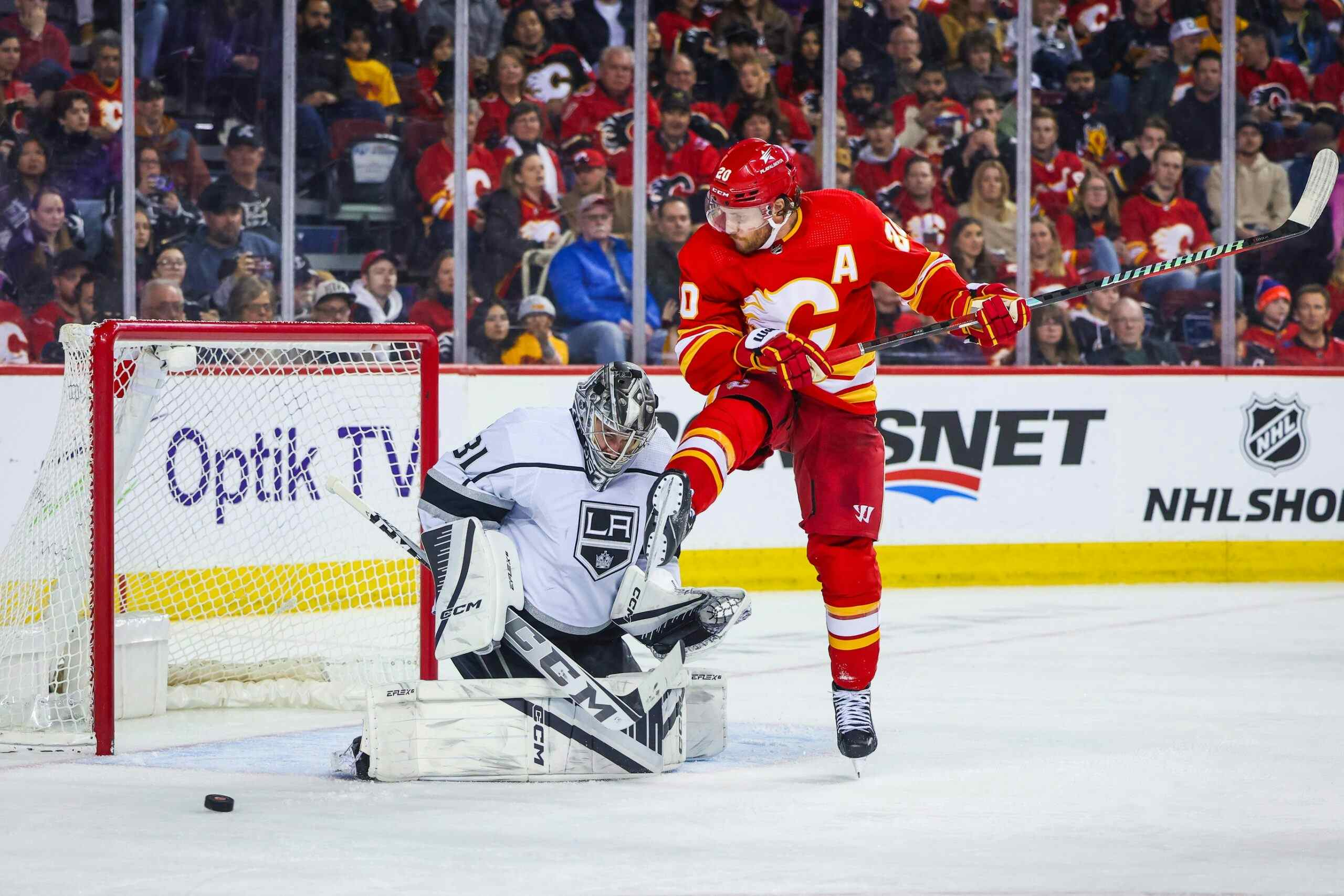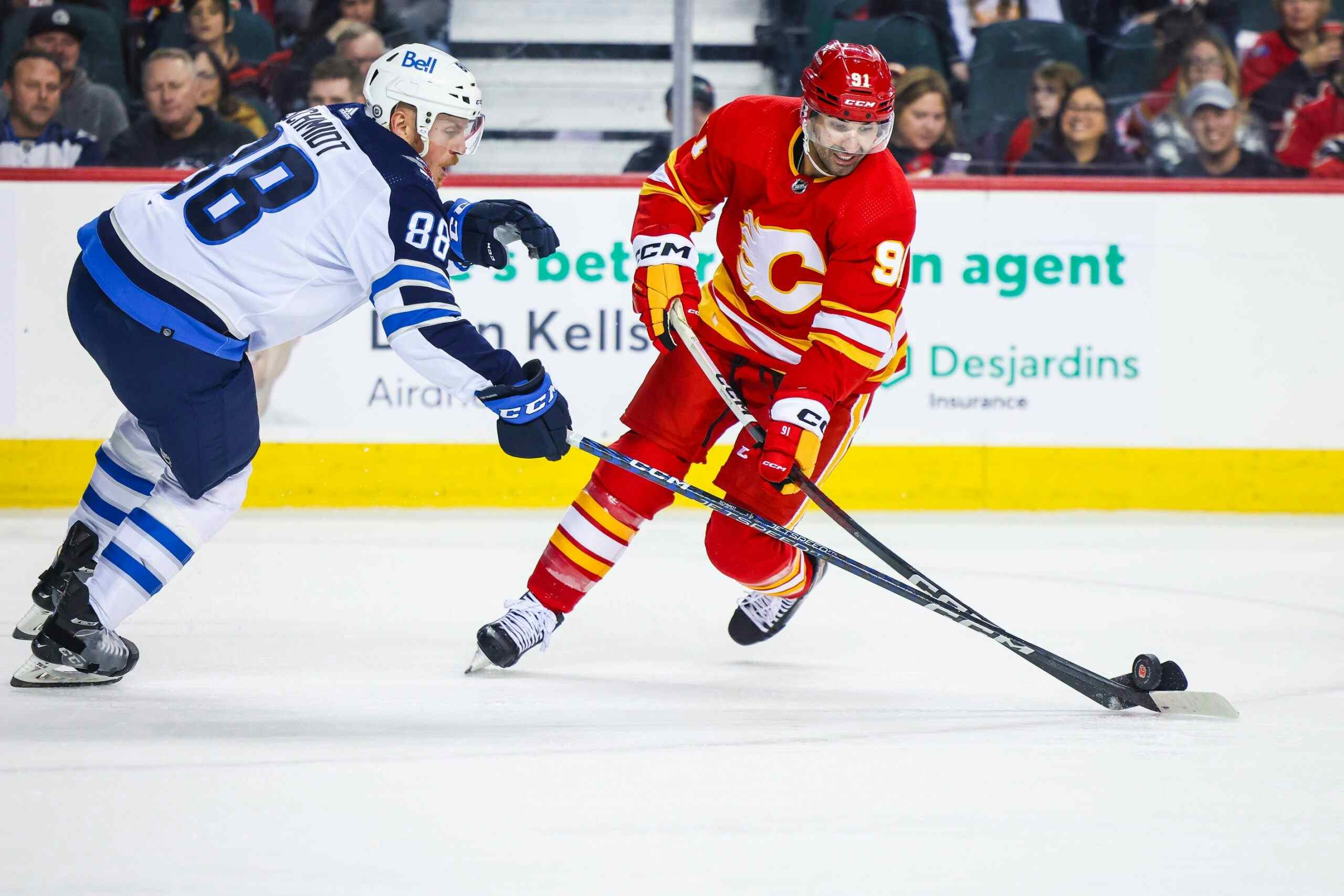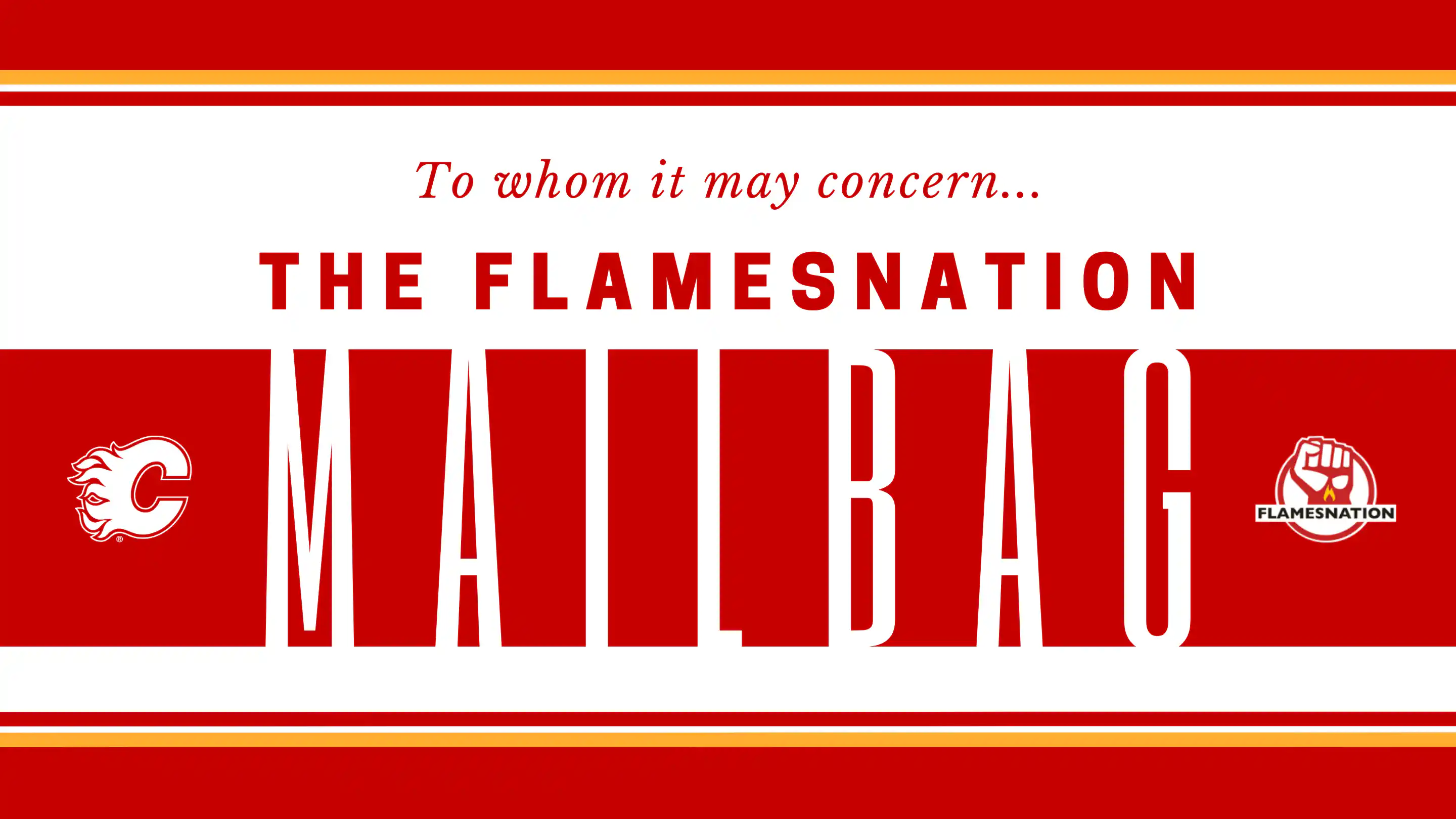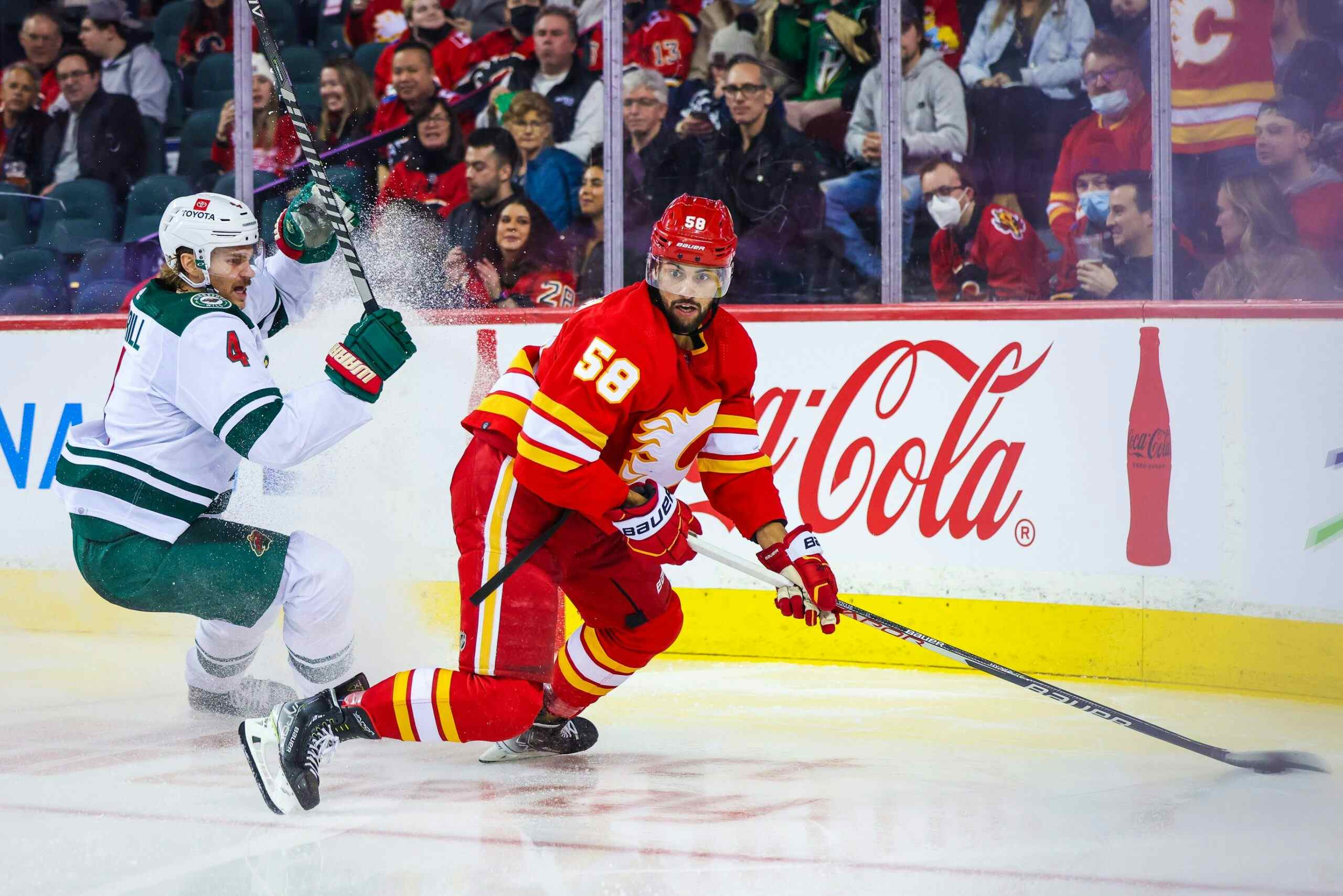Portfolio Diversification and Calgary’s 2015 Draft
By Ryan Pike
8 years agoWith the economy in a downturn in western Canada, there’s been a lot of discussion lately regarding portfolio management. While the best practices in investment management are obviously complex and multi-faceted, quite often you will get one piece of single advice.
Diversify.
And it’s this approach that’s bled into the Calgary Flames’ drafting and prospect management philosophy in recent seasons – particularly since Jay Feaster became general manager. A look at Calgary’s “portfolio” likely gives some insights into how the Flames will behave at the 2015 NHL Draft at the end of the month.
WHY DIVERSIFICATION WORKS
In investment, and in hockey, diversification works like this: you’re minimizing risk.
In the case of hockey, that means you spread out your prospect base in two key ways – by drafting many different kinds of players, from many different parts of the hockey world.
In the case of the Calgary Flames, look at their drafting since 2011. They’ve drafted big players. They’ve drafted small players. They’ve drafted Swiss kids, Swedish kids, Russian kids, American kids and Canadian kids. They’ve drafted kids from Quebec prep schools, from small European teams, from NCAA powerhouses and strong Canadian major-junior programs.
The main reasoning for this is likely to hedge against the tide turning in the game. Hockey has a way of changing and evolving over time. Look at Darryl Sutter’s drafting; he more or less continually drafted big, physical guys – usually from the WHL or OHL – and was entirely caught off-guard when the NHL dramatically changed rules regarding clutching and grabbing, making speed and skill the name of the game.
In short: it’s become incredibly advantageous for NHL general managers to hedge their bets in terms of the future direction of the game, and develop a bunch of different types of talented players.
THE 2014-15 PORTFOLIO
So, here’s what the Calgary Flames had outside of North American professional hockey in terms of prospects for the past season.
- Rushan Rafikov, an agitating rookie defender in Russia’s secondary professional league
- Adam Ollas Mattsson, a giant rookie defender in Sweden’s top professional league
- Hunter Smith, a giant veteran winger for one of the OHL’s top teams
- Mason McDonald, the starting goaltender for a decent QMJHL team
- Morgan Klimchuk, a top-six winger on a decent WHL team, though traded to a contender mid-way through the season
- Eric Roy, an offensive defender on a contending WHL team
- Austin Carroll, an over-age veteran forward on a decent WHL team
- Keegan Kanzig, a massive stay-at-home defender on a decent WHL team, though traded to a contender mid-way through the season
- Tim Harrison, a checking depth forward on a good NCAA team
- Jon Gillies, the starting goaltender on a good NCAA team
- Mark Jankowski, a two-way center on a good NCAA team
- John Gilmour, a two-way defender on a good NCAA team
- Brandon Hickey, a smooth-skating defender on a good NCAA team
- Matt Deblouw, a depth forward on an okay NCAA team
So that’s two goaltenders, six defensemen and six forwards. Two European professional leagues, all three Canadian major-junior leagues and three NCAA conferences are covered.
A LOOK AHEAD
So, the Flames are likely graduating five members of their system into the professional ranks (Smith, Klimchuk, Kanzig, Carroll and Gillies), and losing Eric Roy outright. That likely leaves the OHL and WHL completely without representation, and drops the position count to one goalie, four defenders and three forwards.
The Flames own nine selections, as of this writing, at the 2015 NHL Draft. Based on how they’ve distributed their players in the past, I would expect the following in late June:
- They will probably take one European player from a European league.
- They will take a goalie, but likely not more than one.
- They’ll probably select around three players from the Western Hockey League; in addition to ensuring portfolio balance, it’s pretty easy to check up on players.
- I’d be shocked if they didn’t use at least two picks on players from the Ontario Hockey League.
In other words, based on the success their diversification approach has taken thus far, I fully expect them to continue on with it, and use their drafting resources to flesh out their portfolio in terms of types of players, their positions, and their home leagues.
Recent articles from Ryan Pike





